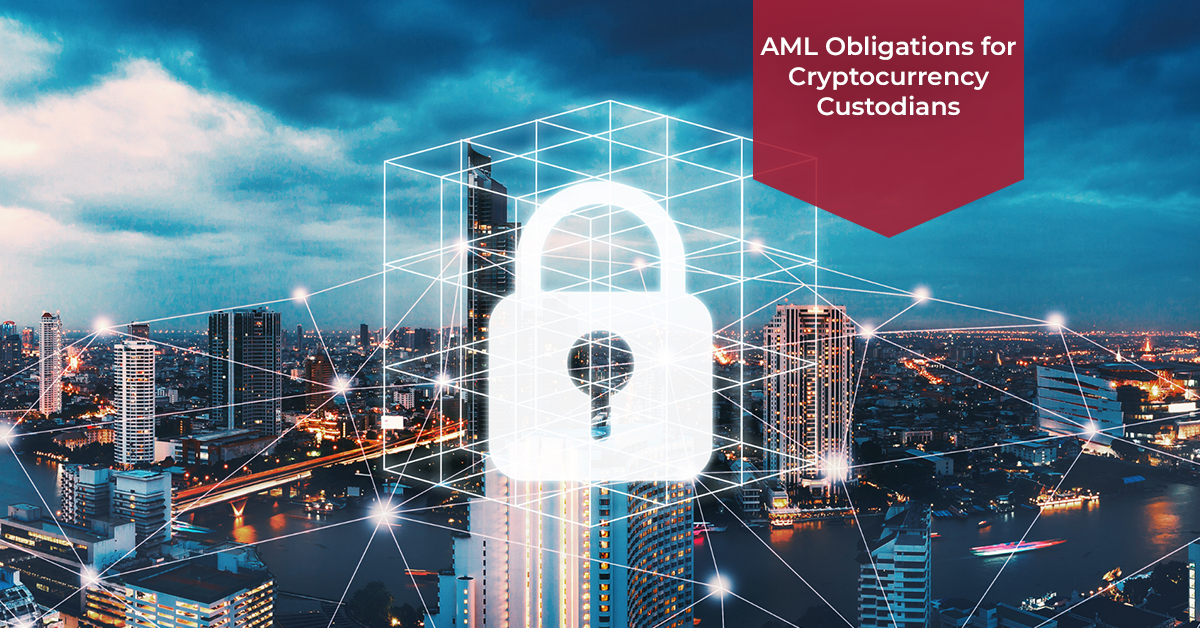
AML Obligations for Cryptocurrency Custodians
In the digital finance landscape, cryptocurrency custodians—entities responsible for securely holding digital assets on behalf of clients—face increasing scrutiny under Anti-Money Laundering (AML) regulations. Ensuring compliance is paramount to maintain trust and adhere to global financial standards.
Understanding AML Obligations for Cryptocurrency Custodians
Cryptocurrency custodians are pivotal in the digital asset ecosystem, providing secure storage solutions for investors and institutions. Given the pseudonymous nature of cryptocurrencies, there’s a heightened risk of misuse for illicit activities, including money laundering and terrorism financing. Consequently, custodians must implement robust AML measures to mitigate these risks.
International AML Standards
The Financial Action Task Force (FATF), an intergovernmental body established to combat money laundering and terrorist financing, has extended its recommendations to include virtual assets and service providers. In 2019, FATF updated its guidance, urging member countries to regulate cryptocurrency businesses under AML and Counter-Terrorist Financing (CFT) frameworks. This includes the implementation of the “travel rule,” which requires custodians to obtain, hold, and transmit information about the originators and beneficiaries of virtual asset transfers.
Key AML Requirements for Custodians
- Customer Due Diligence (CDD): Custodians are required to verify the identities of their clients, understanding the nature and purpose of their relationships. This process involves collecting and verifying personal information to ensure legitimacy.
- Suspicious Activity Reporting (SAR): Monitoring transactions for unusual or suspicious activities is crucial. Custodians must report any anomalies to relevant authorities to prevent and detect potential money laundering activities.
- Record Keeping: Maintaining comprehensive records of transactions and customer interactions is essential. These records should be readily accessible for regulatory reviews and audits.
- Compliance Programs: Developing and implementing internal policies, procedures, and controls tailored to AML compliance is mandatory. Regular training for staff and periodic audits ensures the effectiveness of these programs.
Global Regulatory Landscape
The regulatory environment for cryptocurrency custodians varies across jurisdictions:
- United States: The Financial Crimes Enforcement Network (FinCEN) classifies cryptocurrency exchanges and administrators as money transmitters, subjecting them to AML regulations. Custodians must register with FinCEN and comply with reporting and record-keeping obligations.
- European Union: The EU’s Fifth Anti-Money Laundering Directive (5AMLD) extends AML requirements to virtual asset service providers (VASPs), including custodians. This directive mandates customer verification and reporting of suspicious activities.
- Australia: The Australian Transaction Reports and Analysis Centre (AUSTRAC) mandates that digital currency exchange providers register and comply with AML/CTF obligations. In December 2024, AUSTRAC established a task force to ensure compliance among crypto ATM providers, highlighting the increasing misuse of cryptocurrency for illicit activities.
Recent Enforcement Actions
Regulatory bodies worldwide are intensifying enforcement to ensure compliance:
- United States: In January 2025, cryptocurrency exchange BitMEX was fined $100 million for failing to maintain adequate AML and Know Your Customer (KYC) programs. The company pleaded guilty to violating the Bank Secrecy Act and was sentenced to two years’ probation. This case underscores the importance of robust AML measures in the cryptocurrency industry.
- United Kingdom: The Financial Conduct Authority (FCA) charged an individual for operating unregistered crypto ATMs, highlighting the importance of compliance with AML regulations.
Challenges and Best Practices
Cryptocurrency custodians face unique challenges in implementing AML measures:
- Anonymity: The pseudonymous nature of cryptocurrencies can hinder effective customer identification. Implementing advanced analytics and blockchain tracing tools can help mitigate this issue.
- Regulatory Divergence: Varying regulations across jurisdictions can complicate compliance efforts. Custodians should adopt a global compliance framework adaptable to local laws.
- Technological Evolution: Rapid technological advancements require continuous updates to AML programs. Staying informed about emerging threats and regulatory changes is crucial.
Adhering to AML obligations is not just a regulatory requirement but a cornerstone of trust in the cryptocurrency industry. Custodians must proactively implement comprehensive AML programs to safeguard their operations and contribute to the legitimacy and stability of the digital asset ecosystem.

